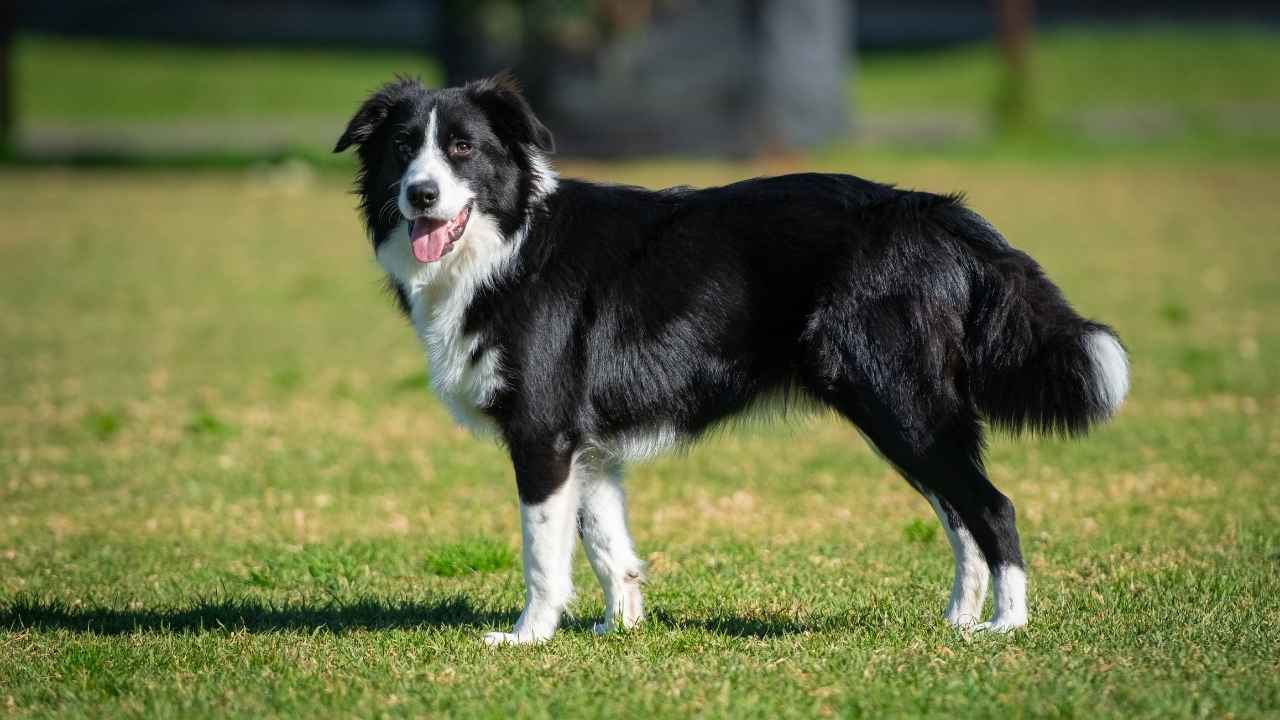Adding a dog to your family is a huge milestone, and if you’re looking for the perfect mix of energy and size, mid-sized dogs hit the sweet spot. Not too big, not too small, and brimming with personality, these breeds often blend adventure-ready stamina with adaptable temperaments. Whether you’re jogging through a park, heading out on a weekend hike, or just enjoying an energetic play session in the yard, these pups are always up for a good time.
Active medium-sized dogs offer the best of both worlds: strength and agility, but without the need for acres of space. Many were originally bred for hunting, herding, or sporting activities, so they thrive when given a job or a chance to move. They’re also known to form strong bonds with their humans, making them loyal companions who are eager to please and quick to learn.
Here’s why active mid-sized dogs could be the perfect fit:
They’re versatile enough for apartment dwellers and big-yard homeowners alike.
Many of them are intelligent, easy to train, and love having a purpose.
Their energy makes them ideal for individuals and families with an active lifestyle.
Ready to meet a few of the best breeds in this category? These seven energetic mid-sized dogs are sure to get your tail wagging.
Active Mid‑Sized Dog Breeds
1. Border Collie
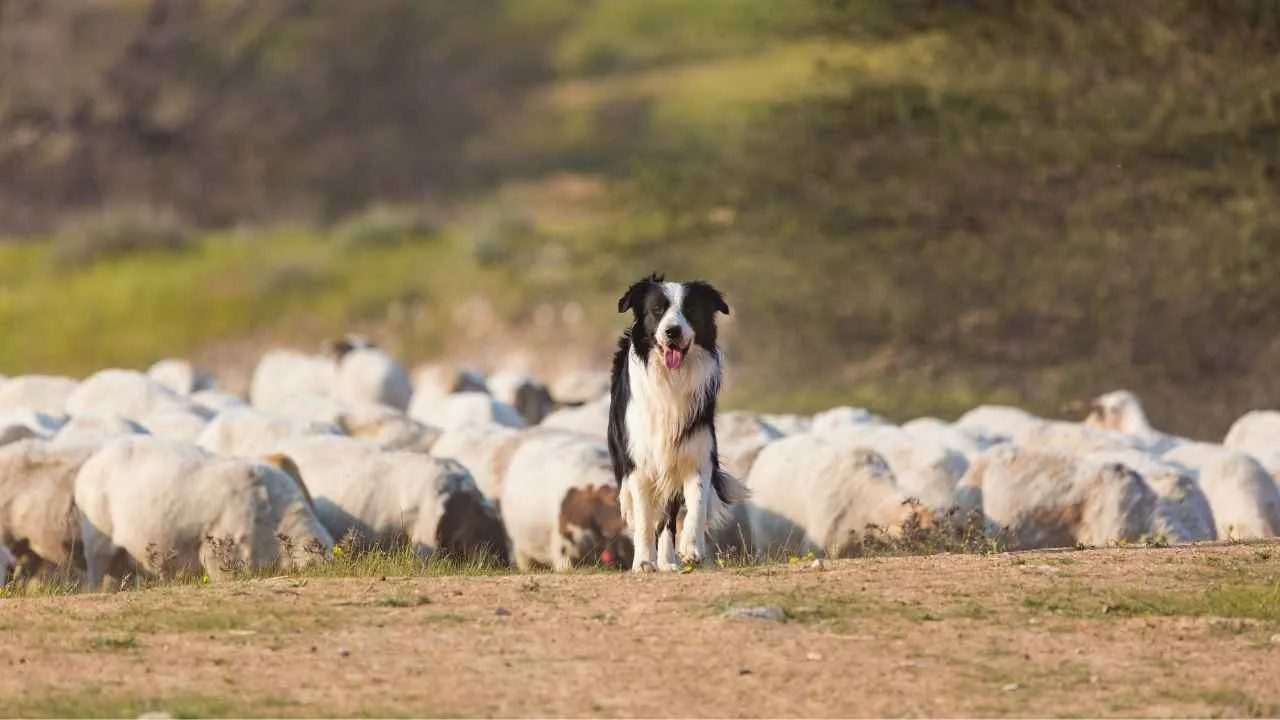
Key Points
Exceptionally intelligent and energetic
Bred for herding with strong work instincts
Needs significant daily exercise and mental stimulation
Border Collies are one of the most intelligent dog breeds in the world, renowned for their sharp minds and boundless energy. They excel in problem-solving and learn commands faster than most dogs. These traits make them highly trainable, but also very demanding.
Originally bred to herd sheep in the rugged borderlands of Scotland and England, Border Collies thrive when given a purpose. Whether it’s agility training, fetching balls, or advanced obedience work, they crave challenges and structured activity. A bored Border Collie is a recipe for trouble.
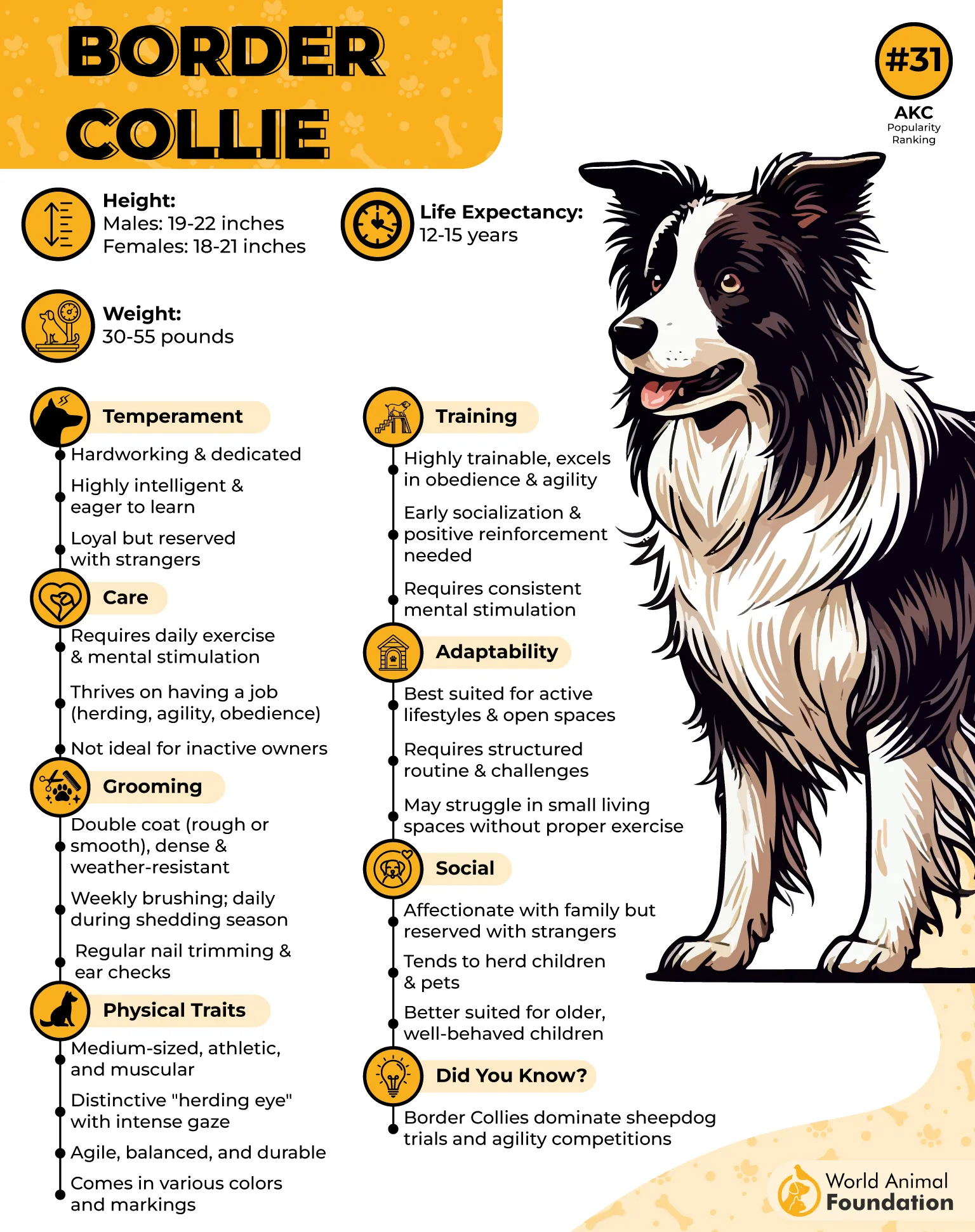
Physically, they’re agile and lightweight, with sleek or rough double coats in various color combinations. Their alert eyes and semi-erect ears give them a constantly aware, focused expression. Weekly brushing is usually sufficient, but their coat can pick up dirt during outdoor play.
Their herding instincts remain strong, even in urban settings. It’s not unusual for them to circle kids or nip at their heels, a behavior that can be softened with early training. Socialization is equally important, as they can be shy or reactive with unfamiliar people.
Best suited to active owners or families with space to roam, Border Collies need both physical and mental outlets every single day. They’ll reward that effort with incredible companionship, loyalty, and working drive.
2. German Shorthaired Pointer
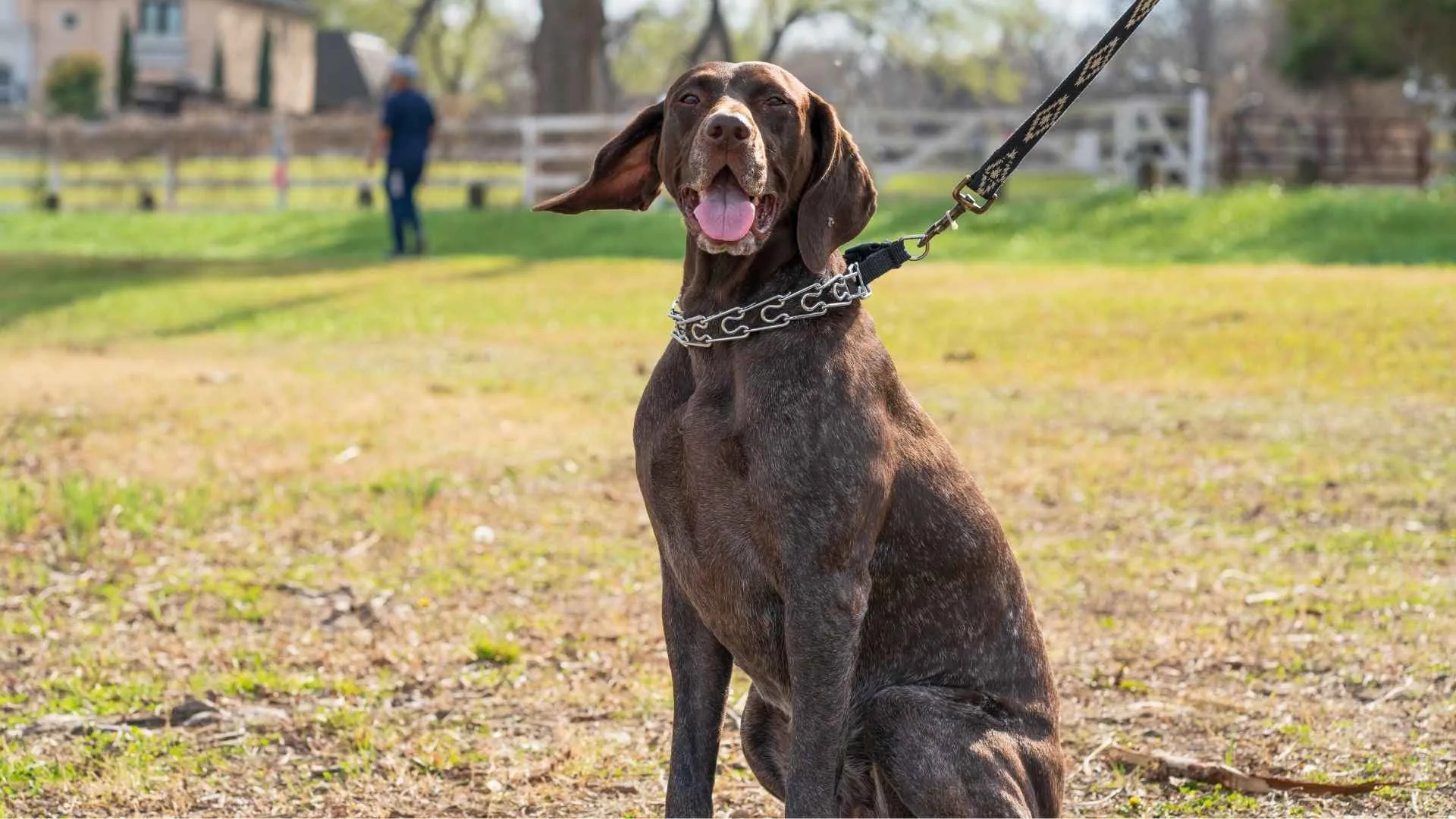
Key Points
High-energy and versatile sporting breed
Affectionate, loyal, and family-friendly
Thrives with vigorous daily activity and attention
The German Shorthaired Pointer is an athletic all-rounder, bred for hunting but beloved as a devoted family companion. According to the AKC, these sleek, muscular dogs are built for endurance and thrive on movement. Their sharp minds and bouncy personalities are hard to miss.
Originally developed in 19th-century Germany, they’re natural hunters on land and water. But their abilities go far beyond pointing game; they excel in agility, tracking, obedience, and even dock diving. With their keen senses and enthusiasm, they always need something to do.
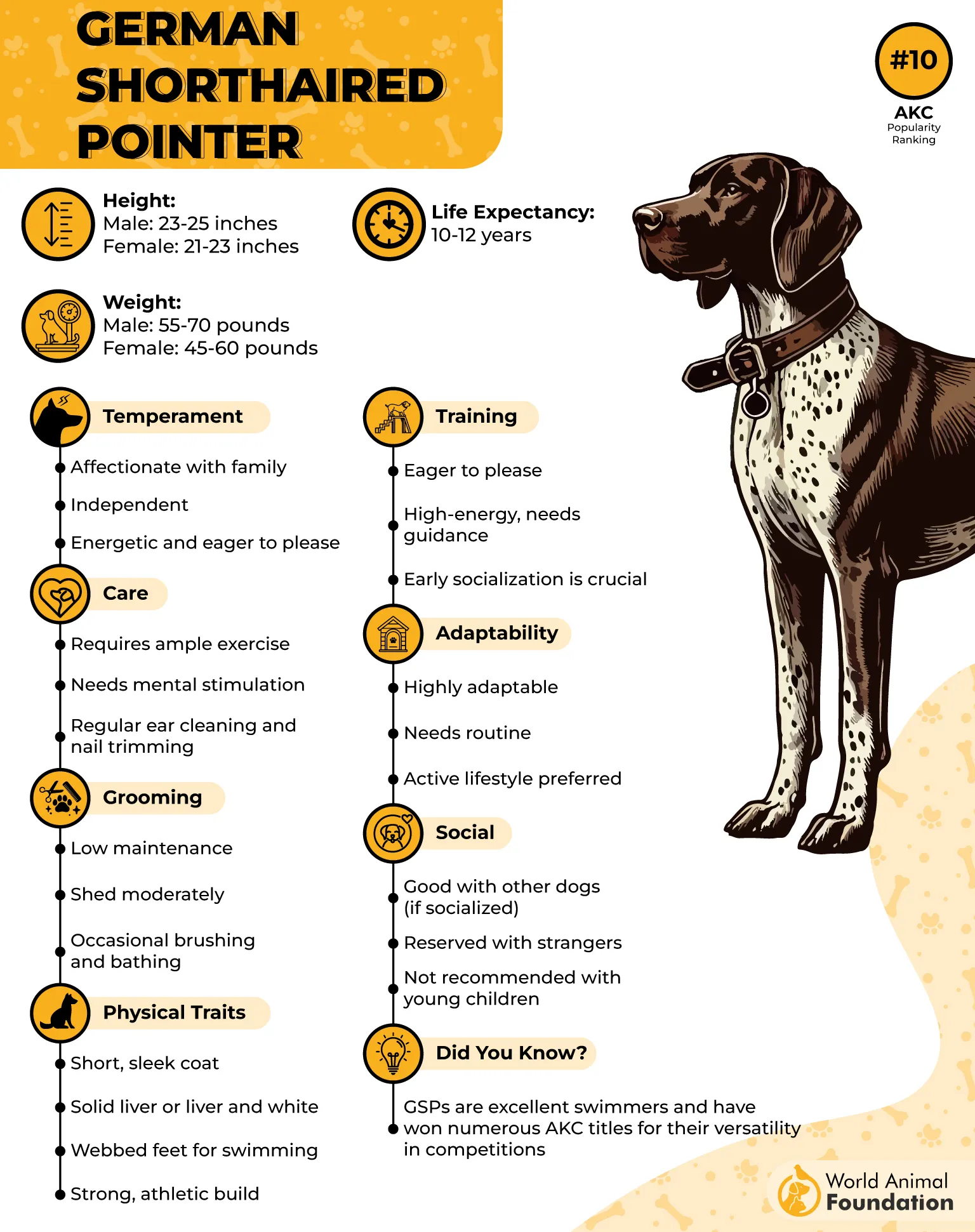
Social and people-oriented, GSPs bond deeply with their families and get along well with children and other pets. They’re known for their affectionate temperament and zest for interactive play. Left alone for too long, however, they may turn to barking or digging.
Their short, water-resistant coats come in rich liver tones, often paired with white ticking or roaning. Grooming is easy; a quick weekly brush keeps them looking neat. Bathing is only needed after muddy adventures or swimming sessions.
German Shorthaired Pointers do best in homes where they can run, explore, and burn energy with purpose. Ideal for runners, hikers, and active families, they’re a constant source of liveliness and affection.
3. Australian Shepherd
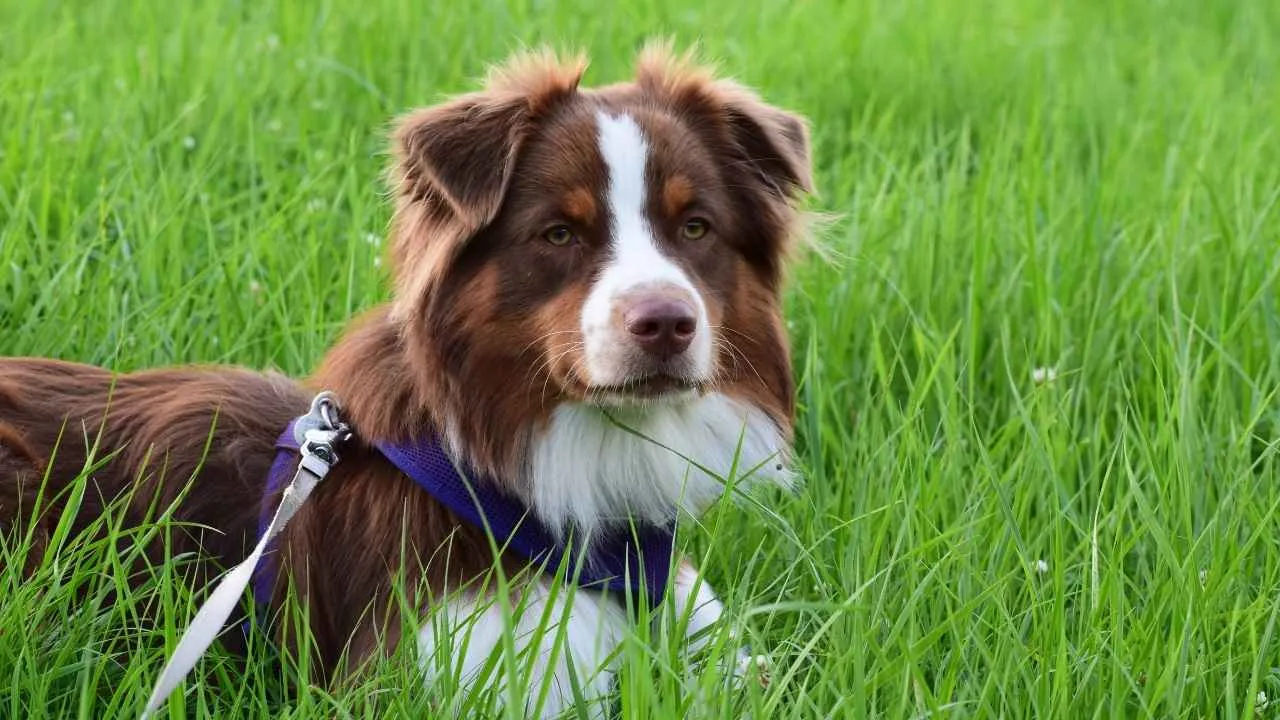
Key Points
Highly intelligent and eager to work
Loyal and protective with a strong herding instinct
Needs plenty of exercise and mental stimulation
Australian Shepherds, despite their name, were first developed in the United States as working ranch dogs. With sharp instincts and intense drive, they remain one of the most hardworking and versatile breeds in the world. Their devotion to the task and the owner is unmatched.
These medium-sized dogs are known for their agility, speed, and alert expression. They often sport striking blue merle or red merle coats with vivid eyes, sometimes even one of each color. Their beautiful double coats require regular brushing, especially for outdoor enthusiasts.
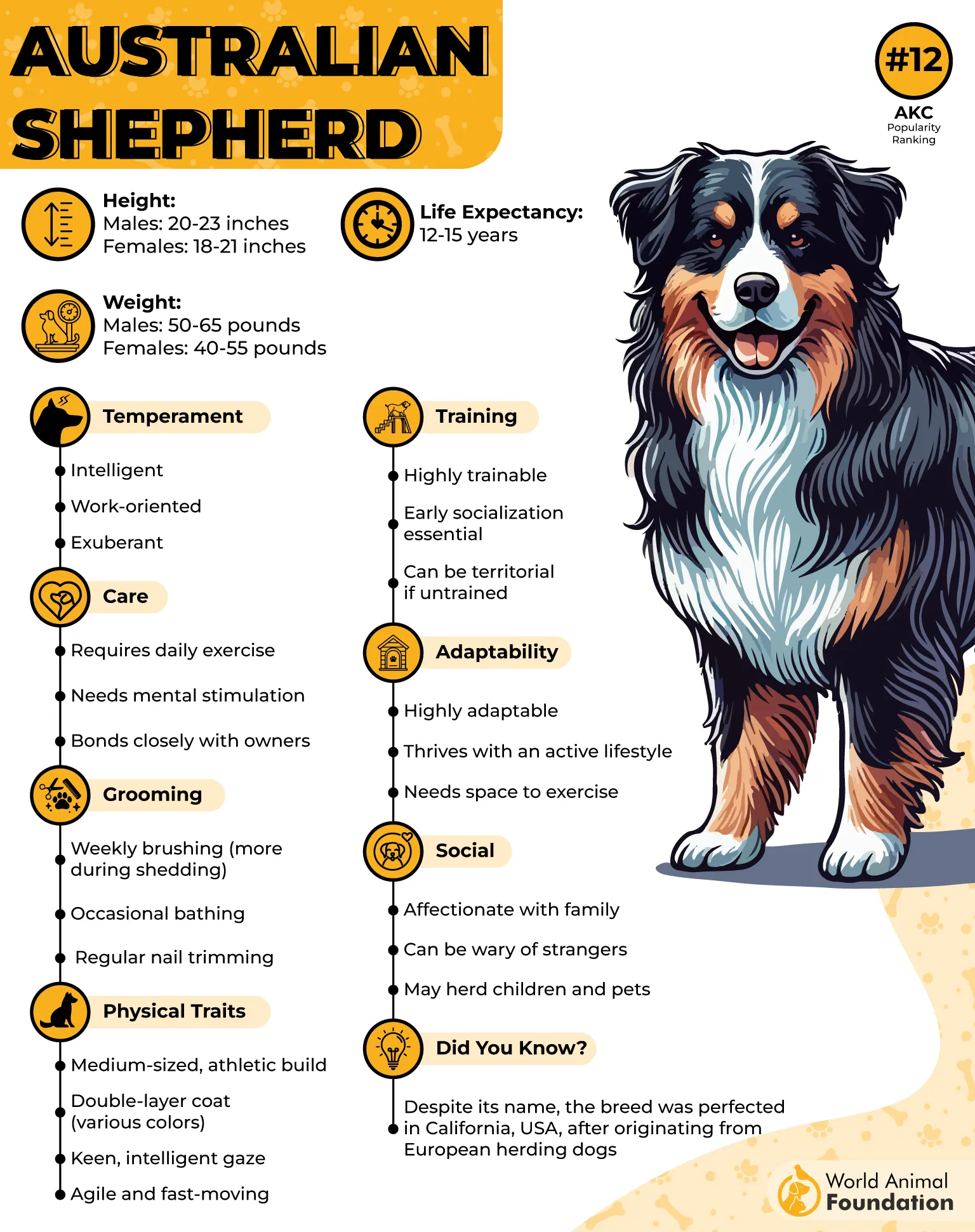
Aussies love to be busy. From fetch to advanced agility or herding sports, they need meaningful engagement. Without stimulation, they’re prone to barking, chasing, or trying to herd children and pets.
They’re affectionate and loyal, forming tight bonds with their families. While friendly with proper introductions, some may be reserved around strangers. With early socialization and training, they become excellent housemates.
Owners of Australian Shepherds should expect a long-term, high-energy companion. These dogs don’t just enjoy activity; they need it to stay balanced, happy, and well-behaved.
4. Belgian Malinois
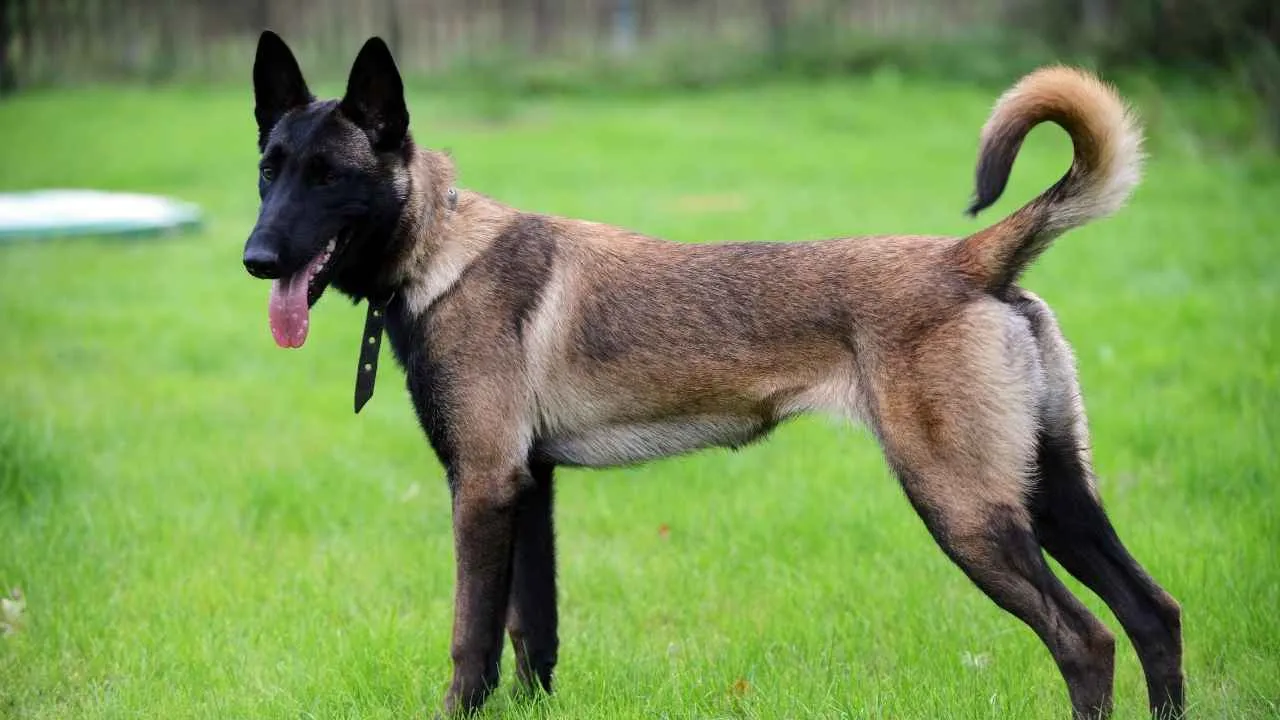
Key Points
Extremely intelligent and highly trainable
Demands rigorous mental and physical activity
Strong bond with owners; best suited to experienced handlers
The Belgian Malinois is one of the most energetic and trainable breeds out there. Originally bred for herding, these dogs are commonly found in military and police roles today. Their intelligence and work ethic demand an equally involved and active human companion.
The Malinois forms a deep bond with its family and thrives on having a job, whether it’s agility sports, protection work, or structured games. WebMD states that they’re incredibly sharp and will quickly grow bored if left without stimulation. As a result, mental enrichment is just as critical as physical exercise.
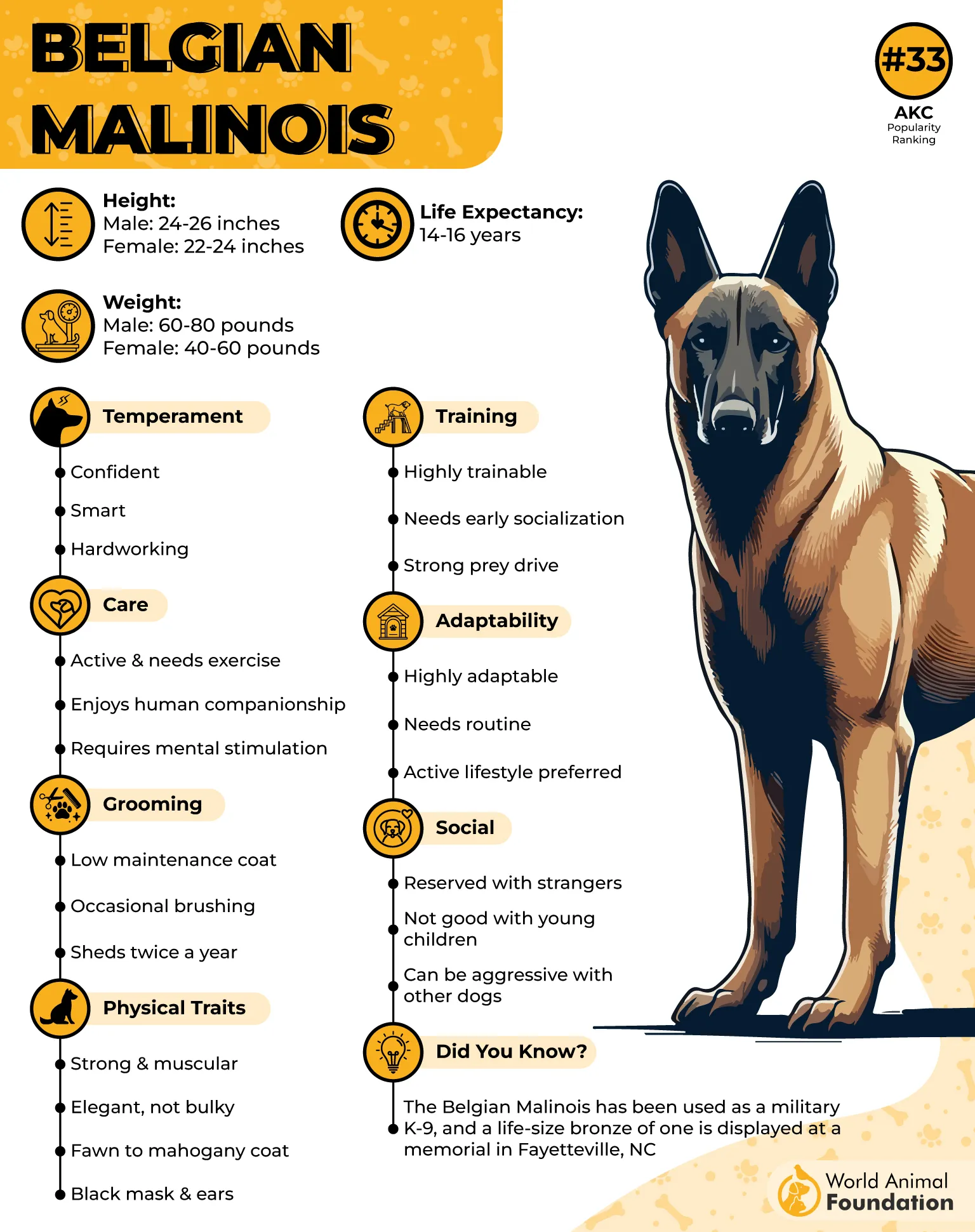
With a short double coat, grooming needs are minimal aside from seasonal shedding periods. Weekly brushing and routine maintenance, like nail trims, are typically enough. They don’t drool or have strong odors, which makes them fairly tidy for such a rugged breed.
They can be wary of strangers but are rarely aggressive if well-socialized from a young age. Due to their high drive and protective nature, they do best in households that are prepared to commit to consistent training and regular interaction. A fenced yard and a purpose-driven lifestyle suit them best.
5. Dalmatian
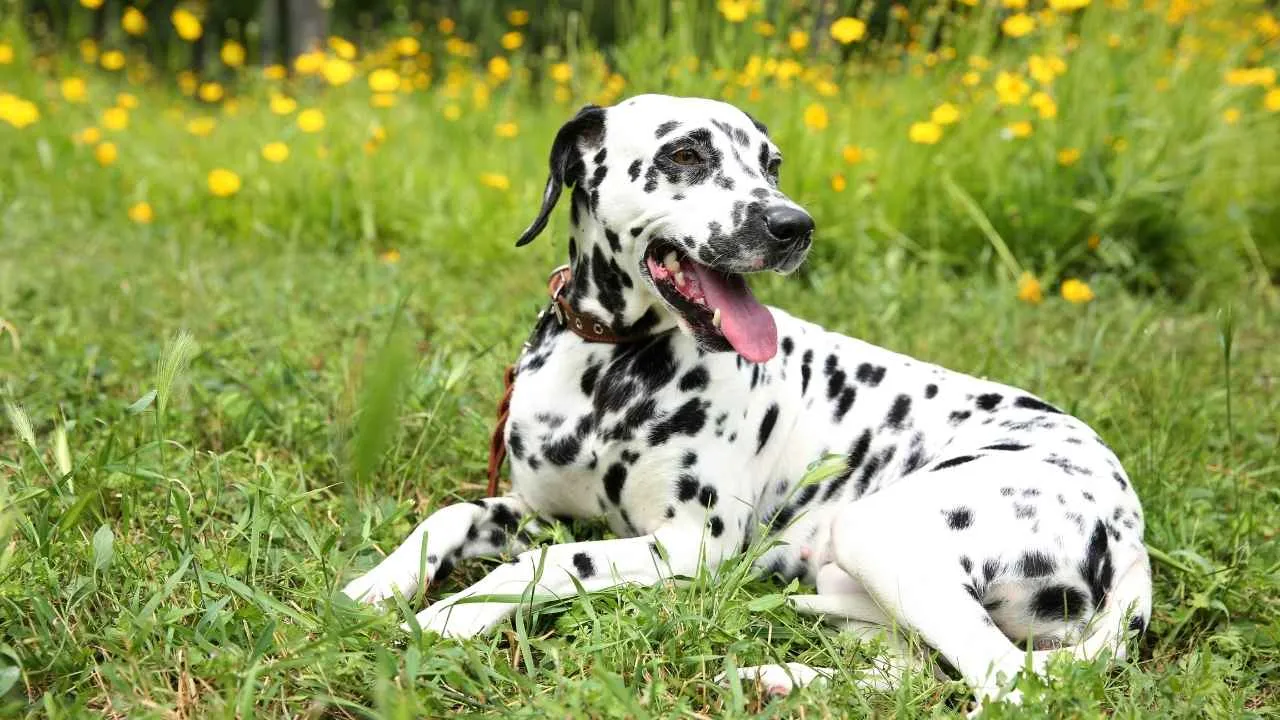
Key Points
Athletic with impressive stamina and endurance
Requires consistent exercise and mental engagement
Bold and independent with a playful side
The Dalmatian’s famous coat isn’t the only thing that stands out—this breed is energetic, clever, and always ready to move. Historically used as carriage dogs and firehouse mascots, Dalmatians were bred to run alongside horses, which explains their incredible endurance. These dogs are natural athletes and crave adventure.
A Dalmatian is not a passive companion; they require substantial exercise and thrive in active households. Long runs, hikes, or agility courses are ideal outlets. Without proper stimulation, they can easily become destructive or anxious. Apartment dwellers beware—this is not a breed suited for limited space or idle routines.
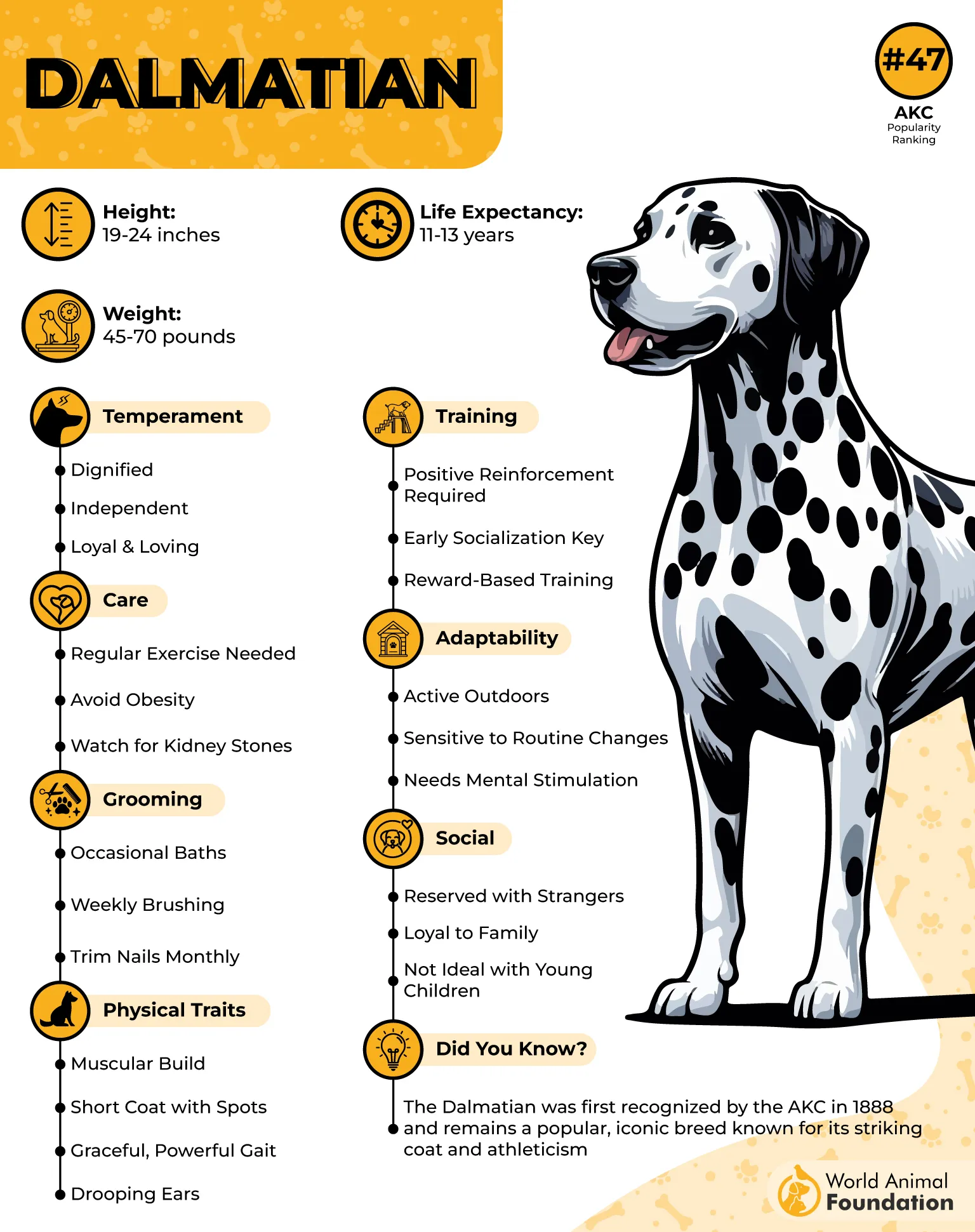
Their coat is short and neat, but they shed heavily year-round. Weekly brushing helps control loose hair, but expect to find white hairs clinging to your clothes and furniture. They’re relatively clean otherwise and don’t carry much of a “doggy” smell.
While affectionate and people-loving, they can be strong-willed and independent. Early training and socialization are key, as is positive reinforcement. They may also have breed-specific health concerns, such as deafness and urinary stone formation, which require attention to diet and regular vet checks.
6. Australian Cattle Dog (Blue Heeler)
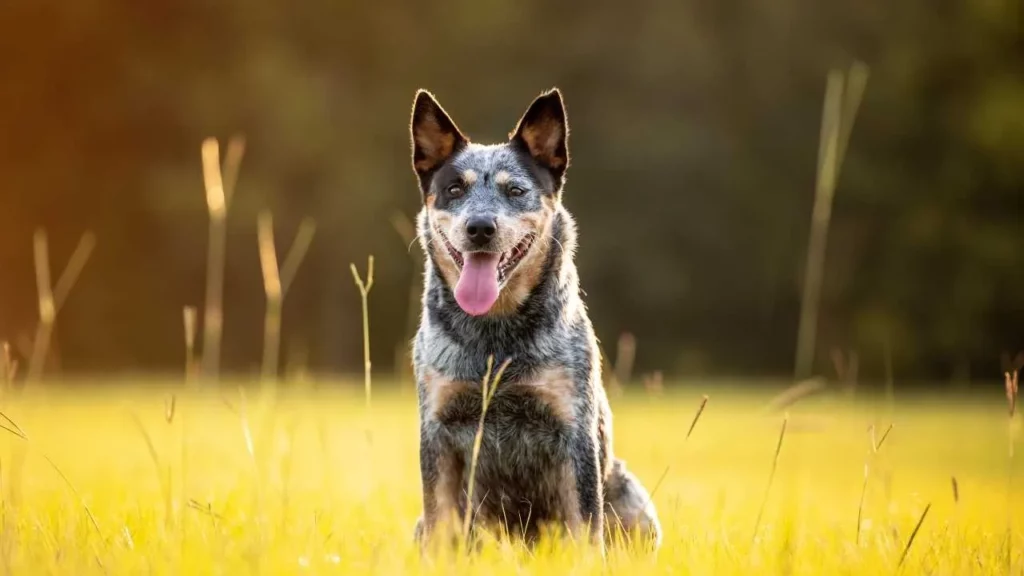
Key Points
Tireless worker with unmatched focus
Needs challenging tasks and active play
Intensely loyal and protective of family
Tough, tenacious, and always on the move, the Australian Cattle Dog is a herder with a tireless spirit. Originally bred to control cattle across rugged terrain, this breed combines strength, stamina, and sharp intelligence. They bond deeply with their families and are known as “Velcro dogs” for their constant need to be near their people.
According to PetMD, exercise is non-negotiable with this breed. Daily high-energy activities like fetch, agility, or herding simulations are necessary to satisfy their drive. They’re also mentally agile, enjoying puzzle toys and advanced training routines. Without tasks, they’ll invent their own entertainment—often at your furniture’s expense.
Grooming is straightforward: their short, dense coat resists dirt and only requires occasional brushing, except during shedding seasons. They’re naturally clean and odor-free, though dental care and nail trims should still be routine.
They can be wary of strangers and often try to herd kids or smaller pets, so early socialization is crucial. With training, they’re one of the most loyal and responsive breeds around, ideal for someone seeking a hardworking and adventurous canine partner.
7. American Foxhound
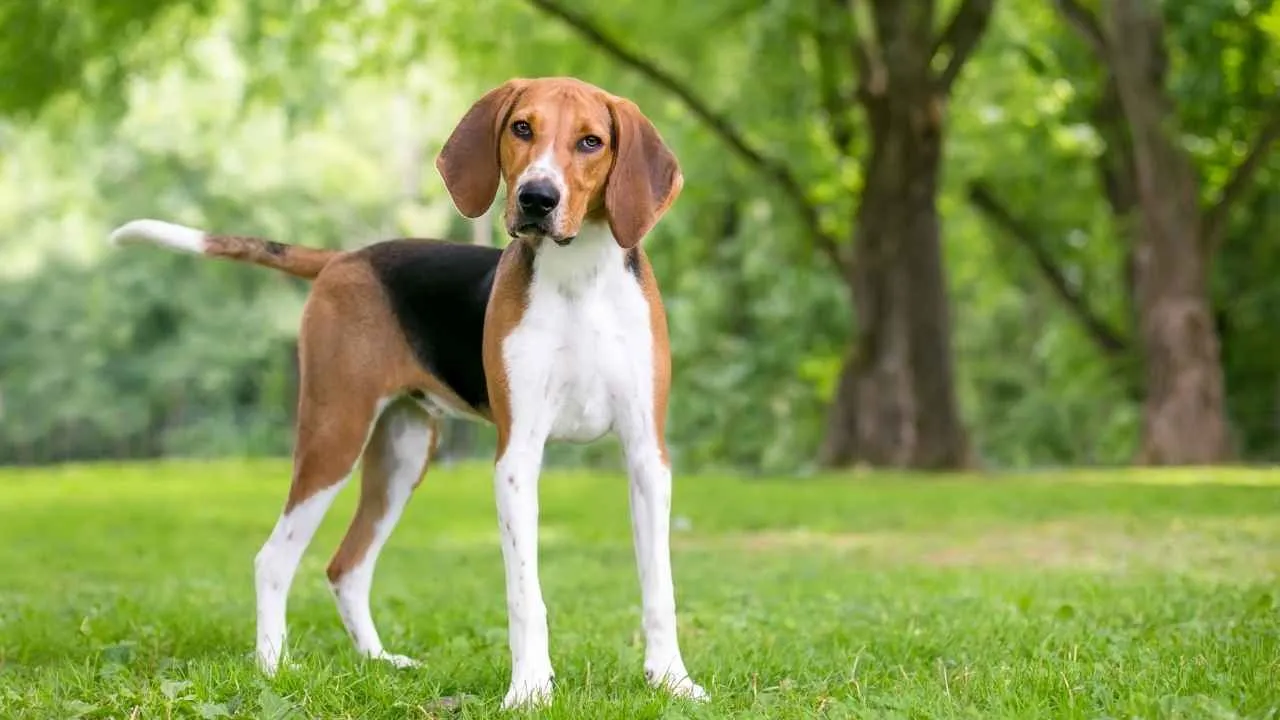
Key Points
Born runner with strong scent-tracking instincts
Gentle and sociable, especially with other dogs
Benefits from fenced spaces and structured training
Built for stamina and speed, the American Foxhound is a sleek, vocal breed with deep hunting roots. Originally bred for fox hunting, these dogs are used to long chases over rolling terrain. That heritage means they need plenty of outdoor activity and aren’t ideal for sedentary homes.
They have a sweet and gentle temperament, especially around children and other dogs, but they can be independent and easily distracted by scents. A fenced yard is essential—once they catch a whiff of something interesting, they’ll follow it without hesitation.
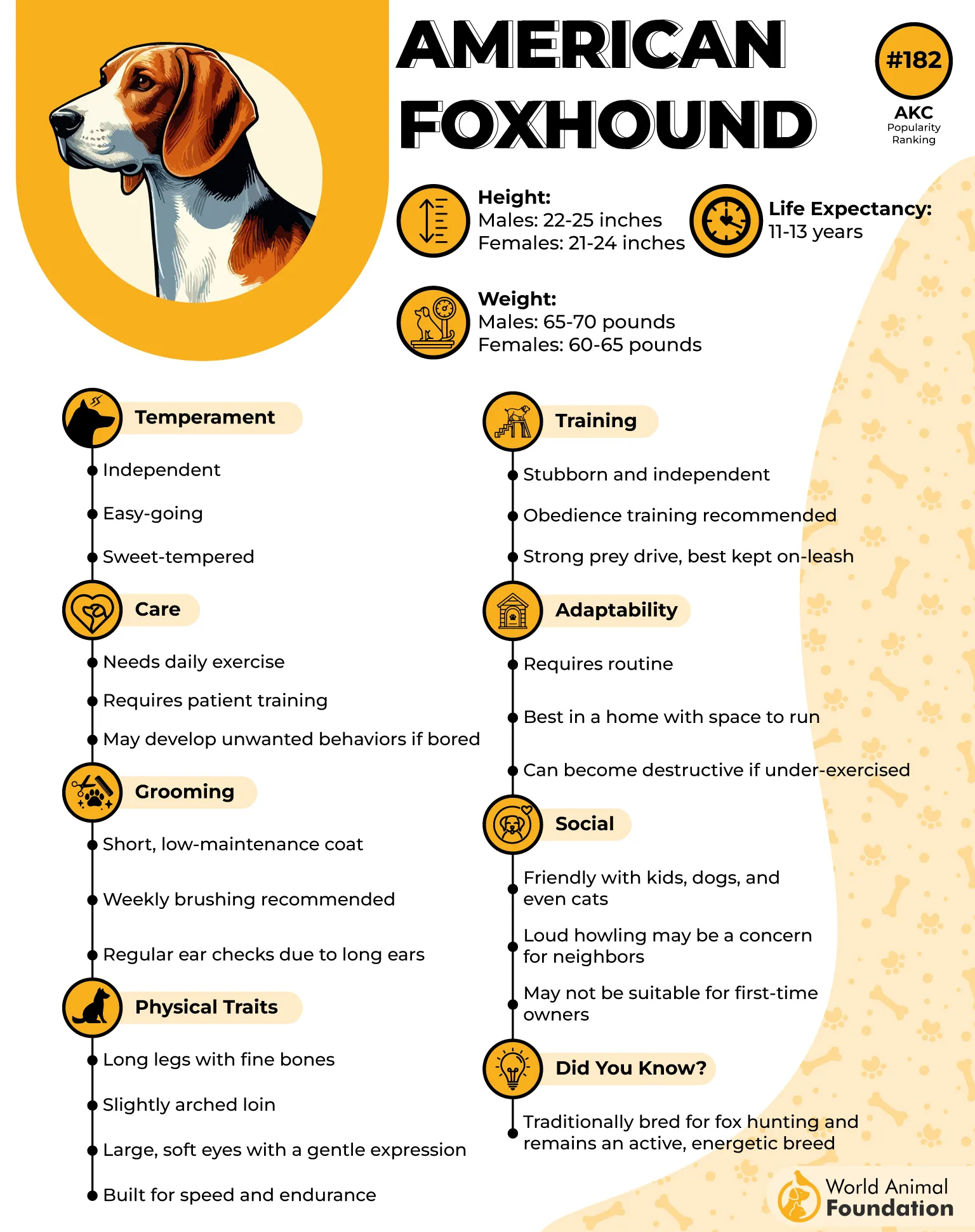
Grooming is easy thanks to their short coat, which requires only weekly brushing. They shed moderately and don’t need frequent baths. However, be aware of potential ear infections due to their long, floppy ears.
These hounds respond best to patient, consistent training using rewards and praise. They’re often a better fit for experienced owners or those familiar with scent hound behavior. With the right routine and environment, an American Foxhound makes for a loyal and fun-loving companion.
Conclusion
Choosing the right dog for your family isn’t just about size; it’s about energy levels, temperament, and lifestyle compatibility. For active individuals and families, medium-sized dog breeds often strike the perfect balance. These high-energy dogs are big enough to keep up on long walks, hikes, or games of fetch, yet compact enough to fit comfortably into most homes.
Whether you’re drawn to the sharp instincts of a herding breed, the stamina of a hunting dog, or the charisma of an iconic breed like the Dalmatian, there’s an athletic dog out there ready to become your loyal companion. From sled dogs with naturally protective traits to playful, moderately active dogs who still need ample exercise, these breeds offer variety for every kind of pet owner.
Each of these high-energy dog breeds shares a strong desire to engage, explore, and bond. With proper training, regular exercise, and mental stimulation, they thrive as a beloved family member, especially in active homes or lake country settings where space and adventure abound.
Whether you prefer a rough-coated trail buddy, a furry friend who’s highly affectionate, or a great companion with hunting origins, choosing a high-energy breed means embracing a lifestyle of movement, interaction, and joy. With the right match, you won’t just have a pet, you’ll have a partner.


